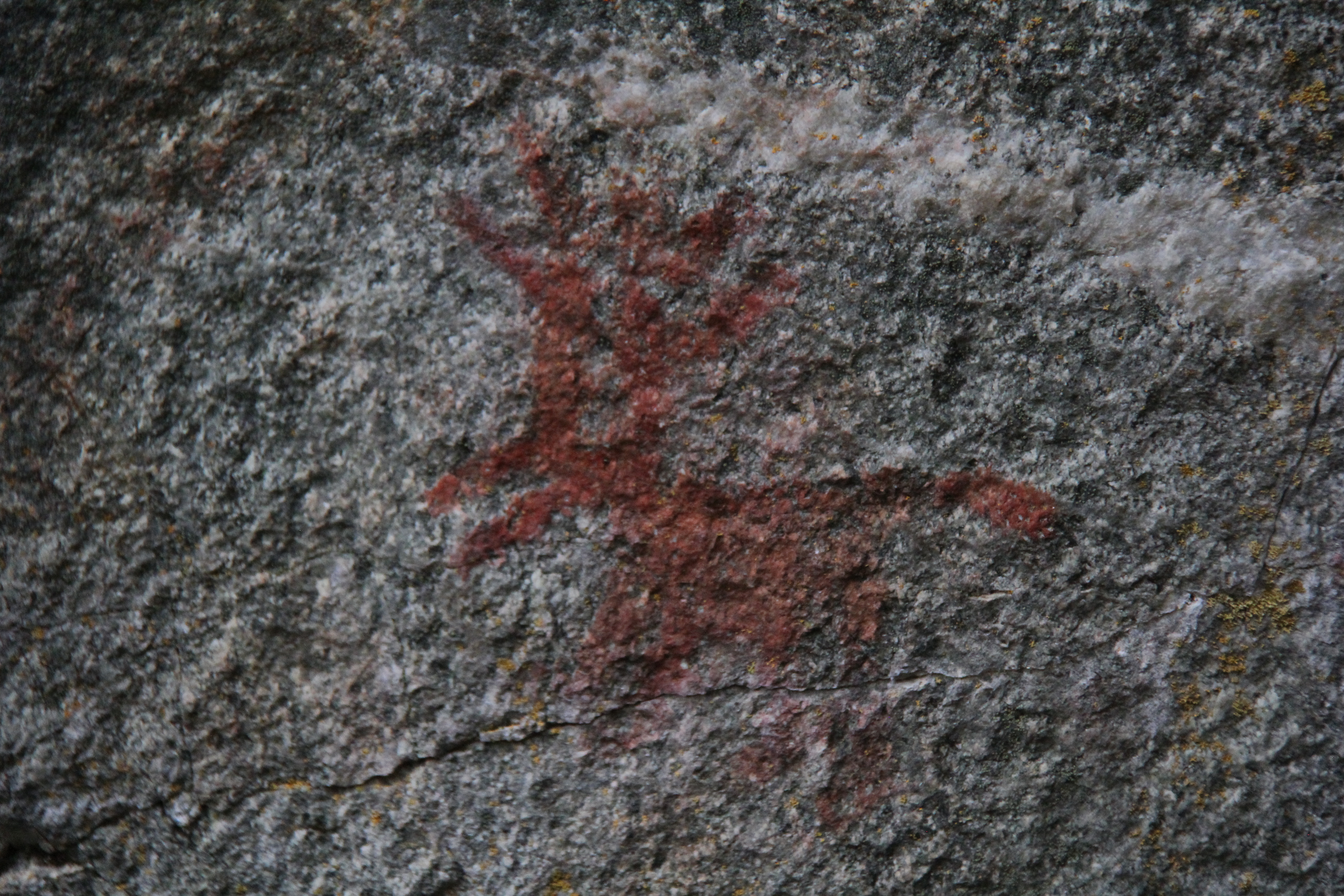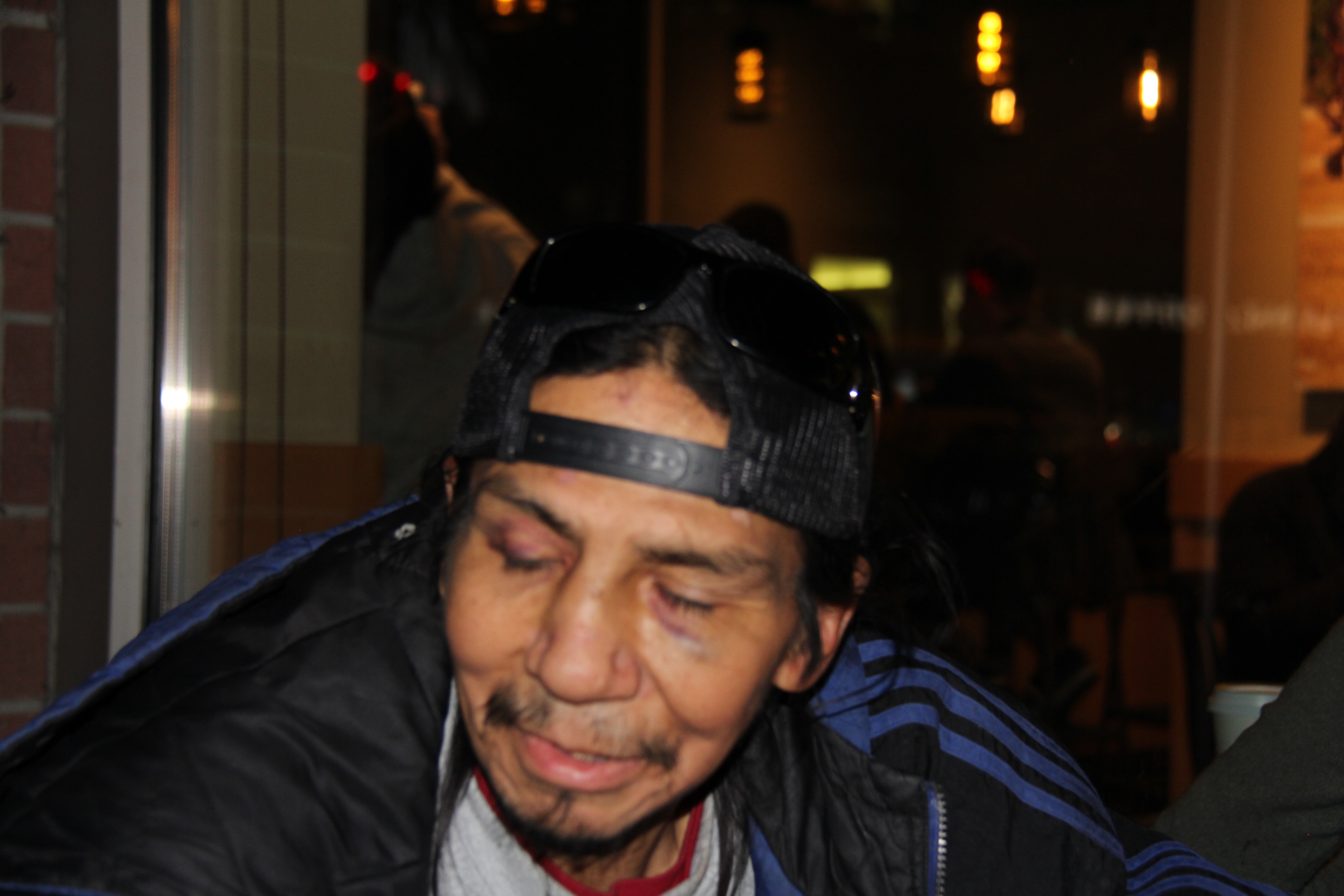An Introduction to First Nations concept of nature

What is nature? As obvious as the answer might seem to you, concepts of nature vary between Aboriginals and non-Aboriginals . How are we connected to nature? And how does nature form part of our everyday life?
Even though Indigenous Nations’ experiences are informed by different environments and practices, they are united in their connection to nature. Find out about Aboriginal peoples’ traditional views and their fundamental, common beliefs. Understanding the common elements will form the foundation for more detailed discussions.
About origins and circles

A medicine wheel from Wyoming (Wikimedia Commons)
In Aboriginal Perspectives of the Natural Environment (1993), Jim Dumont synthesizes common elements of Aboriginal relations towards nature by collaborating with different First Nations groups. Origin myths are stories about the beginning of humans, the world and other forms of life. Through stories about origination they tell you about yourself. Indigenous peoples find elements of origin myths (“outer” reality) in everyday life (“concrete” reality), for example in natural phenomena or when new life is given.
Creation stories tell that people were shaped by the land. And they go even further: People were also created for the land. This concept forms an important aspect of the Aboriginal identity, making them inseparable from the land. Puyallup Nation members say it very direct:
“[…] the Turtle continent (North America) was created and the Indian people were made to take care of this continent. Our teachings are that each people were given a continent to take care of.”
In his book, The First Peoples (1990), Julian Berger describes the aboriginal relation to nature as follows:
“Although Indigenous peoples vary widely in their costums, culture, and impact on the land, all consider the Earth life a parent and revere it accordingly. “Mother Earth” is the center of the universe, the core of the culture, the origin of their identity as a people. She connects them with their past […], with the present […], and with the future […]. The idea that the land can be owned, that it can belong to someone even when left unused, uncared for, or uninhabited is foreign to indigenous peoples. […] First Peoples are people of the land.”
He then explains that the Western worldview focusses on the study and the dissection of nature. There is the tendency to extract secrets and wealth from the earth. In contrast to Aboriginal views, the Western worldview is an empirical, scientific and predominantly linear approach.
According to Anishinabe Ojibway beliefs, there are four ways to see life and to live, four paths and four colors, which means four ethnic groups and there are parallels in other Aboriginal groups. Nowadays, the “White” western worldview dominates the earth. By recognizing the fundamental differences between Western and Native worldviews we recognize that the Native way cannot be understood under a Western model. Life is of a circular nature and it can be observed in all aspects of life and nature. Life is an interconnected web forming a family of Earth.
Personhood

A pictograph from Stein Valley showing a deer-like creature
If we want to find out about people’s relation to nature, we have to consider where people see themselves within the system. In Western societies a hierarchical view is predominant: Humans are on top and look down on the lower forms of life like animals and plants. The Aboriginal perspective however, sees plants, animals and even rocks and earth materials as “persons”, persons of an other-than-human category. This makes humans and other forms of life stand on the same level and implies a respectful behavior towards your “extended family”. Similar to the Christian view, Aboriginal stories picture humans to be the last forms of life to be created. However, the conclusion is thoroughly different: While Christians see themselves as the culmination of creation, Aboriginal people think of themselves as the youngest member of the family who needs to learn from his older brother and sisters. Above all, he or she needs to learn how to live in harmony.
Most important is the relation towards the earth. As Smohalla, a Wanapum dreamer-prophet, explained very clearly in 1880, resource extraction were incompatible with his ideology: “You ask me to plow the ground. Shall I take a knife and tear my mother’s bosom?”
Earth is conceived not as a exploitable resource but as a mother. Given that all people have the same mother, we are all relatives. Mother earth connects humans and other-than-humans and she gives life. Seeing earth as person is based on the personhood model and adds to the respectful way, Aboriginal peoples deal with their environment.
Aboriginal people and the modern world

Of course, living in a modernized and industrialized world impacts the harmonic way Indigenous peoples live. First of all, the simple fact that their natural environment is being destroyed and reformed is devastating, especially if you think of it as your family. Second, it is hard to live a culture which is based on nature, if you are losing ties to it. Aboriginal peoples are adapting to Western society different ways: They live in houses, they drive cars and they earn money. This is a rough generalization but the fact is that Aboriginal communities have experienced and are experiencing drastic changes. The central question is: How will these changes impact Aboriginal relations to nature? We are experiencing effects of western society right now. It is hard to justify the use of oil or commercial fishery if you think of it as exploiting your mother. In Haida Gwaii, every day several oil tankers are shipped to the island to support the people’s needs. The Navajo and the Crow Nations are involved in extractive coal mining. The Navajo Nation has mined for Uranium for several decades. Given that either resource extractions form part of Aboriginal lives or that they are forced to accept changes in their natural environment, like pipelines and dams being built, it is remarkable that many of them could sustain their intimate relation to nature. Nevertheless it is also understandable that Indigenous communities are fearful of their children losing their ancestors perspectives.
Reference
Dumont, J. (1993). Aboriginal Perspectives of the Natural Environment . Penticton, B.C.: En’owkin Centre.